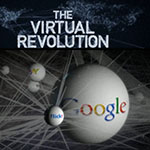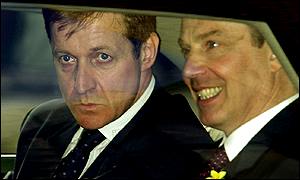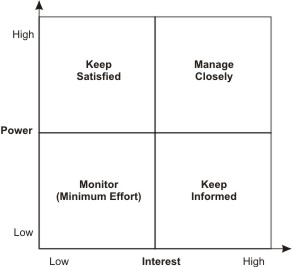We had a class on social media, no this time it was not about the greatness of social media and how its going to consume the world! but, it opened a new perspective to this greatness.
 |
| Free information? |
While the inventor of the World Wide Web, Tim Berners-Lee didn't get a penny one of the greatest inventions in history, Google, with its simple business model is now one of the richest companies in the world. How did Google do it, why should we be concerned and what it is in for the public relations industry?
Google's link counting algorithm made Google the number one search engine and provided search results to users for free. Really? Google devised a model that monopolised online advertising and the usage of the world wide web. They knew that no user would be willing to pay and also that the principle behing the invention of the internet was to provide users free and unlimited access. Google's money making minds linked the concept of online advertising and search results. So now when a user searches for free, he/she often gets a list of advertisements related to the search terms on the right hand corner. This is how they made money and provided users free information.
As the internet fire is catching up, and with the introduction of social media and exciting application, advertisers have access to personal and professional information of users hence providing tailored and targeted messages and advertisements. Emails are scanned, browsing habits can be tracked leading to filtered and behaviour advertising.
Users unknowingly and knowingly pass on private/professional information but at what cost and is it really worth it?
Media has always been prime to public relations practitioners. Online media has gained an integral status and for public relations practitioners it has become challenging to address these online audiences. Till the mid 90s, public relations practitioners just needed to call journalists and brief them, but since then, the job of a public relations person has become difficult as the content creation needs to be creative and appealing for audiences to chose to view it. Gone are the days when information and messages needed to be pushed to gain public attention, in today's social media age, users have the discretion to view or discard information.







